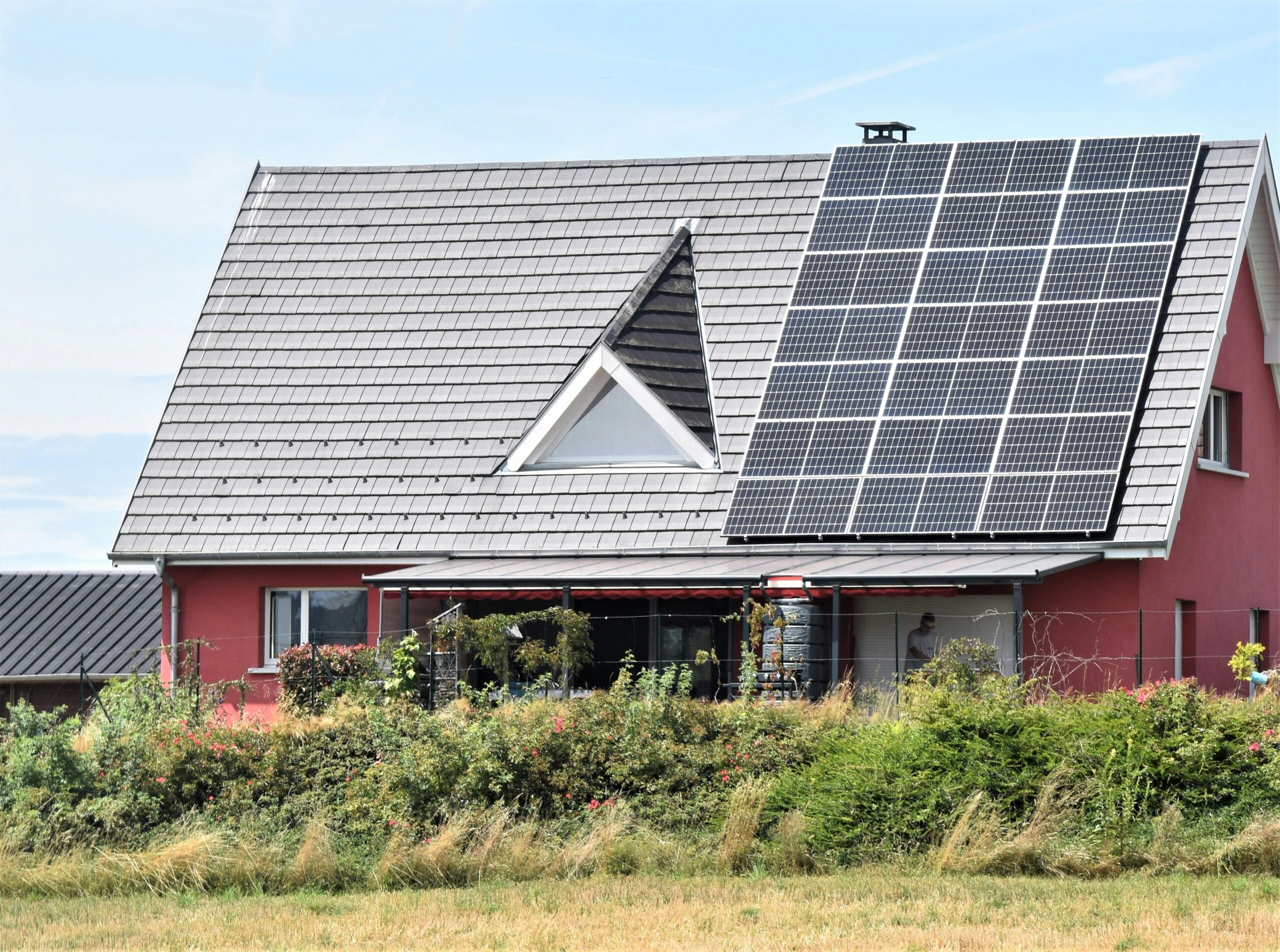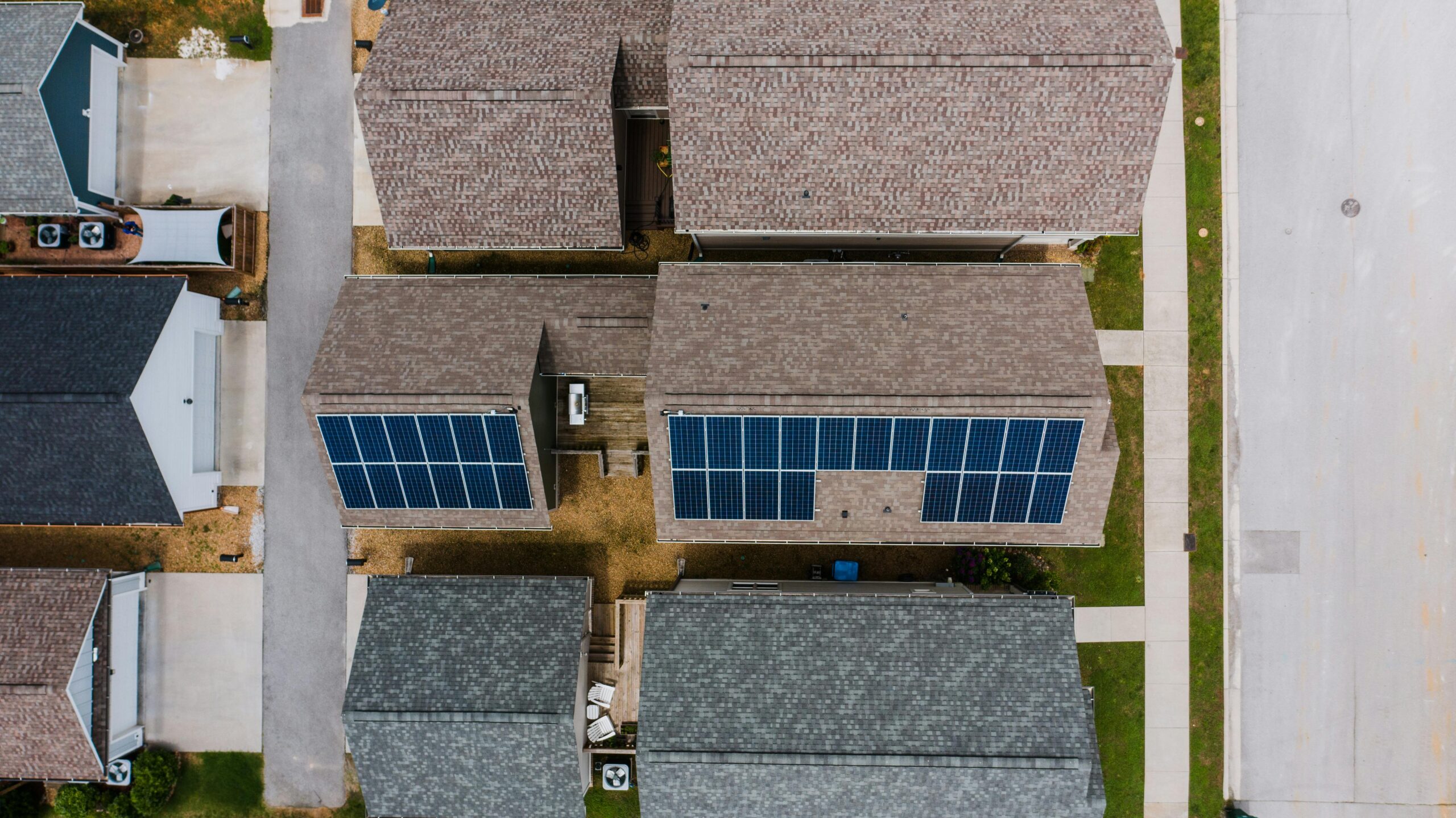As energy costs rise and concerns about climate change grow, more homeowners are looking to the sky for solutions. The sun, our most abundant energy source, shines down with more power in an hour than the world uses in a year.NWhen sunlight hits a solar cell, it knocks electrons loose from their atoms. This flow of electrons generates a direct current (DC). Learn more detail about blikkenslager Kristiansand.
Harnessing that energy through home solar systems is not only environmentally responsible but also increasingly cost-effective. But how do these systems actually work?
At the heart of any home solar system is the photovoltaic (PV) panel. These panels are made up of many solar cells, usually composed of silicon, that convert sunlight directly into electricity.

The inverter is the unsung hero of any solar power system. It converts the direct current electricity from the panels into alternating current electricity that powers lights, appliances, and electronics.

One attached to each panel, allowing for optimized performance even if some panels are shaded. However, most homes use alternating current (AC) electricity, so the DC power generated by the panels must be converted.

Battery storage systems like the Tesla Powerwall or LG Chem’s RESU allow homeowners to store excess solar power for use during cloudy days, nighttime, or power outages. Learn more detail about Solcelletakstein.
Many utility companies offer net metering, which allows homeowners to earn credits for the extra energy they send to the grid. This can significantly lower monthly utility bills and shorten the payback period on the solar investment.
Once the electricity is converted, it flows through your home’s electrical panel just like power from the utility grid. If your system produces more energy than your home is using at any given moment, the excess can be sent back to the grid (in grid-tied systems) or stored in a battery for later use (in hybrid or off-grid systems). Find out more detail about solcelletak.
Financially, solar panels can increase property value and reduce monthly energy bills. With federal and state incentives, the initial investment can often be recovered within 6–10 years, after which homeowners enjoy essentially free electricity for the lifespan of the system, which can exceed 25 years.
Many companies offer free estimates and will handle everything from design to installation and permitting.
Home solar systems are a powerful way to tap into clean, renewable energy right from your rooftop.
With modern technology, incentives, and growing awareness, there’s never been a better time to consider going solar.
Rooftop solar systems consist of solar panels that capture sunlight and convert it into electricity using photovoltaic (PV) cells.
